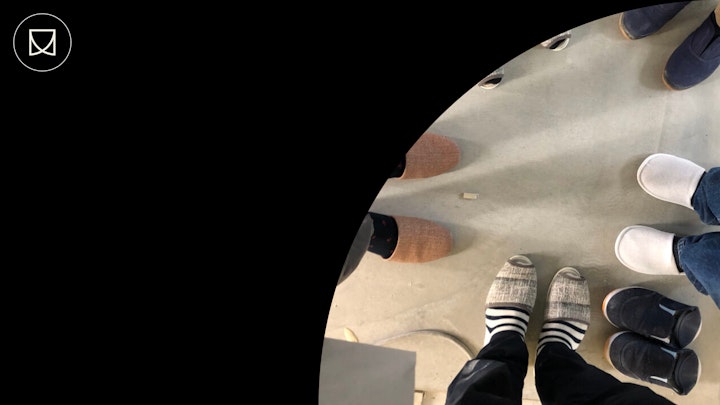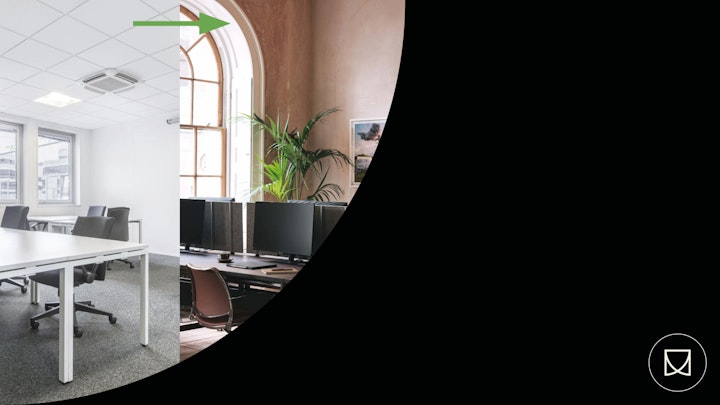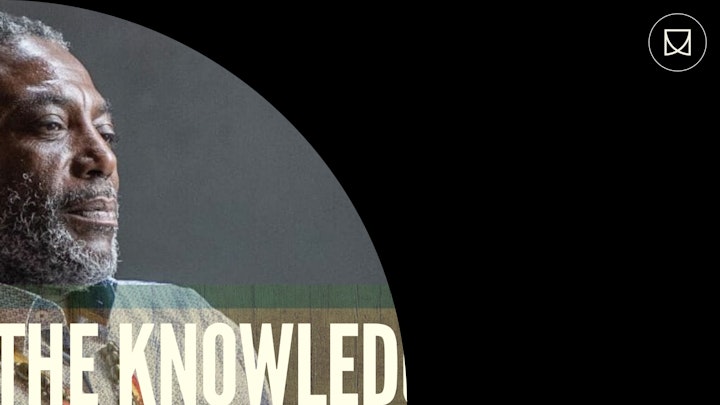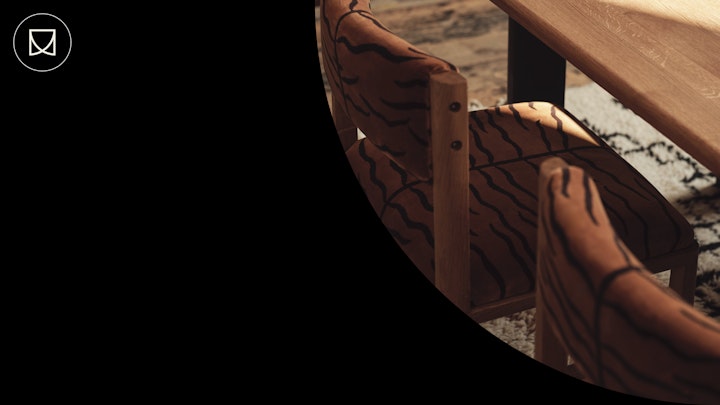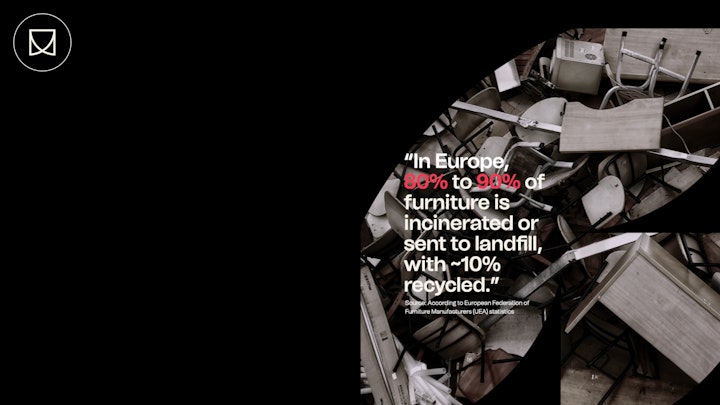Pre-lockdown, we gathered some of our closest family & friends at a pub to celebrate our son’s 1st birthday. 6 weeks later, we’re all social distancing and talking about this being the ‘new normal’. Our world has been turned upside down. Covid-19 has affected us all in some capacity. Whether directly or indirectly, the impact is huge.
As I adjust to working from home, I have a 2-bed flat with my wife & 13-month-old son, who’s just become fascinated with the contents of every draw he can reach! 🤦🏾♂️ I’ve found myself staring at my laptop screen for much longer periods, changing my Zoom virtual background to ‘freshen things up’ and taking breaks to stare at my smaller screen to check social media. My workday is starting to feel a little monotonous. However, I’m super grateful for the increased family time and being around to watch my son take his first steps.
During this time, I’ve come across many articles online about what is going to change in the office once we all ‘return to work’, and when I started writing this blog post, I was thinking, what can I say that will provide great insight into what the office environment will be like…I then stopped 🛑 and thought, “I have no clue”, and those that do are at best speculating. This has all happened so quickly; there will be national nuances and government reactions that lead to guidelines & maybe in the coming months, some form of legislation will follow. 🤷🏾♂️ Things such as adding hand sanitisers, providing extra communication on cleanliness, keeping your distance (2m), and increased deep cleaning will be par for the course. However, seeing how people use office spaces, take meetings and interact with others will be key to providing meaningful design solutions. In recent years, large open-plan workspaces and communal areas have become the norm in the co-working industry. Will Hot Desking survive?
For some people, having a proper task chair and dedicated desk will feel like a welcome release from their dining table or makeshift office space. Others will be apprehensive about getting close to their colleagues, which is understandable considering the 24/7 mainstream media coverage and increased fear. So, being sensitive to the user's needs will require focus and great care to ensure suitable long-term solutions are created instead of fleeting opportunist fads.
This brings me to my actual subject matter. Can the history of design help us solve future problems? More specifically, what can we learn by studying the history of office furniture and design? How can those past experiences inform our decisions for today and the future?
In this time of uncertainty, the only moments of clarity I can find come from historical design journals and references from the past. How and why did the designers create furniture for the office? What problems were they responding to? Was there idealism at work or pure pragmatism? Or a bit of both?
In the coming weeks, I’m going to take a trip down memory lane, explore the above questions and share with you all my findings, which will hopefully help me develop a ‘way of thinking’ or an approach to office furniture design that will meet the changing needs of today.
Thank you for reading.


